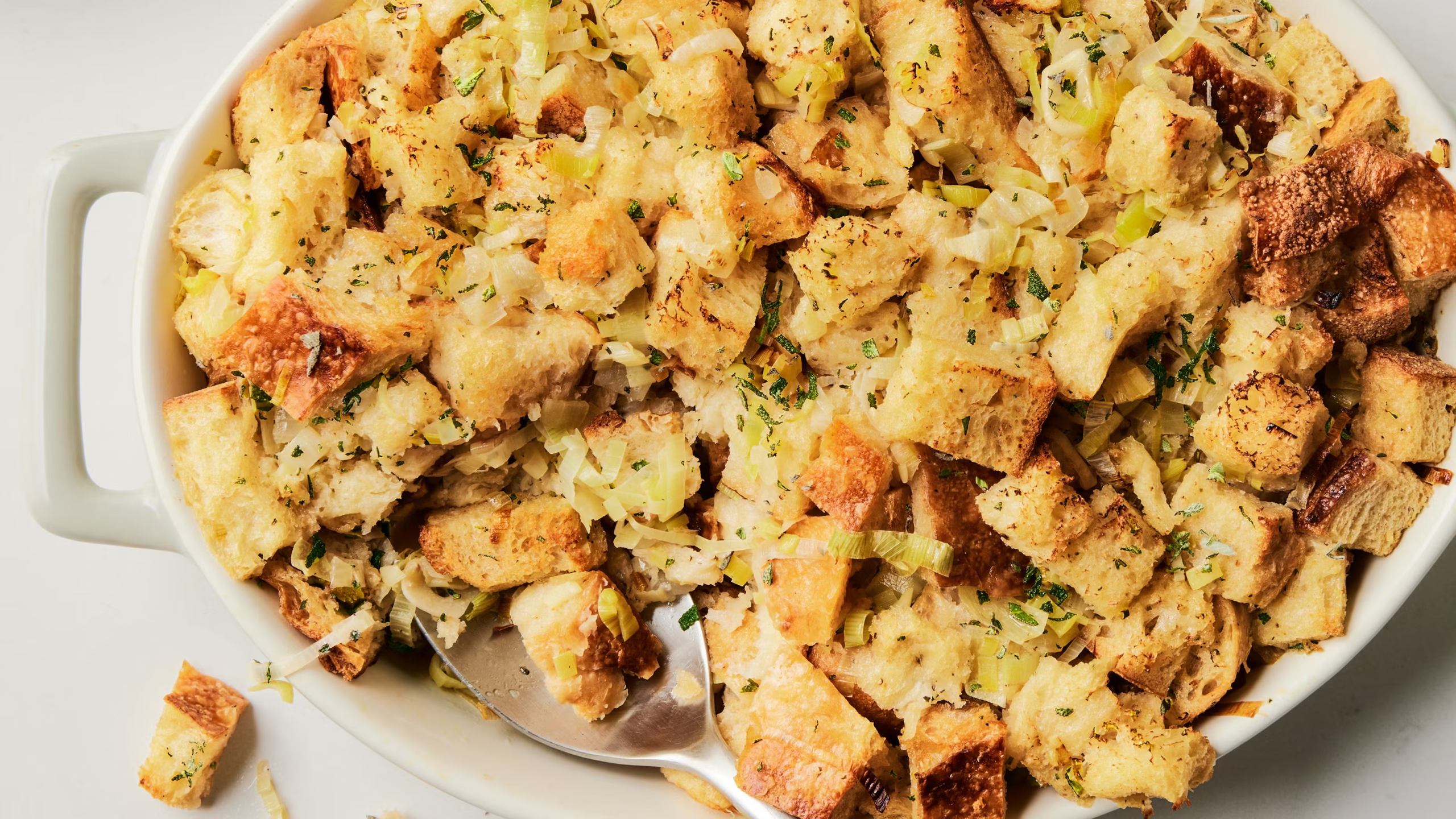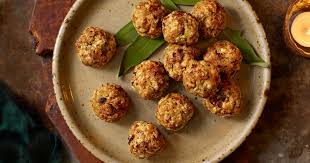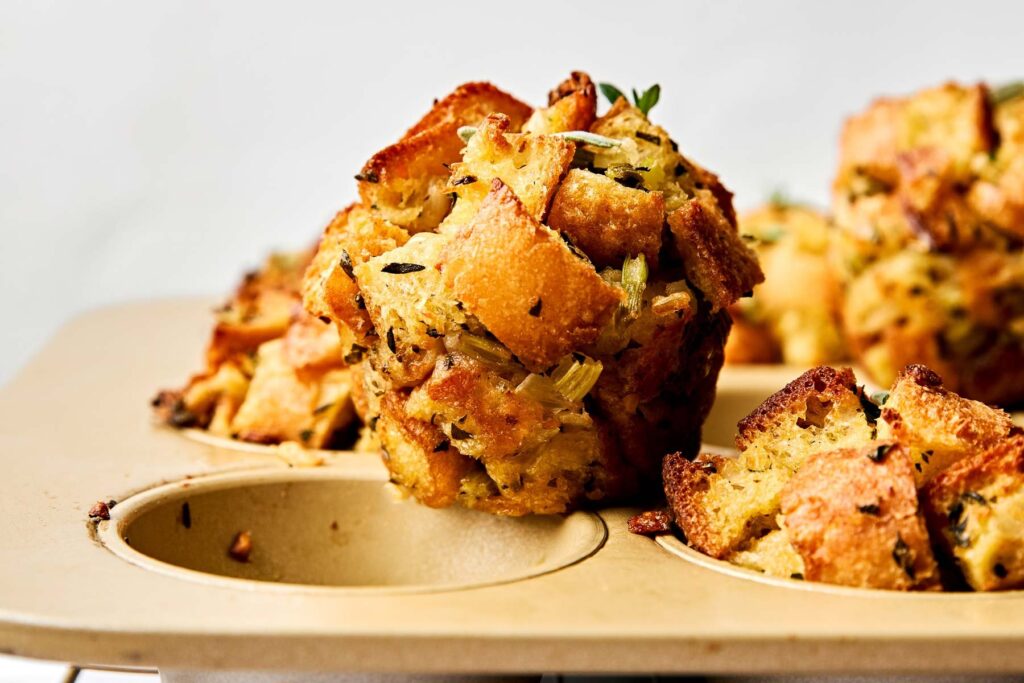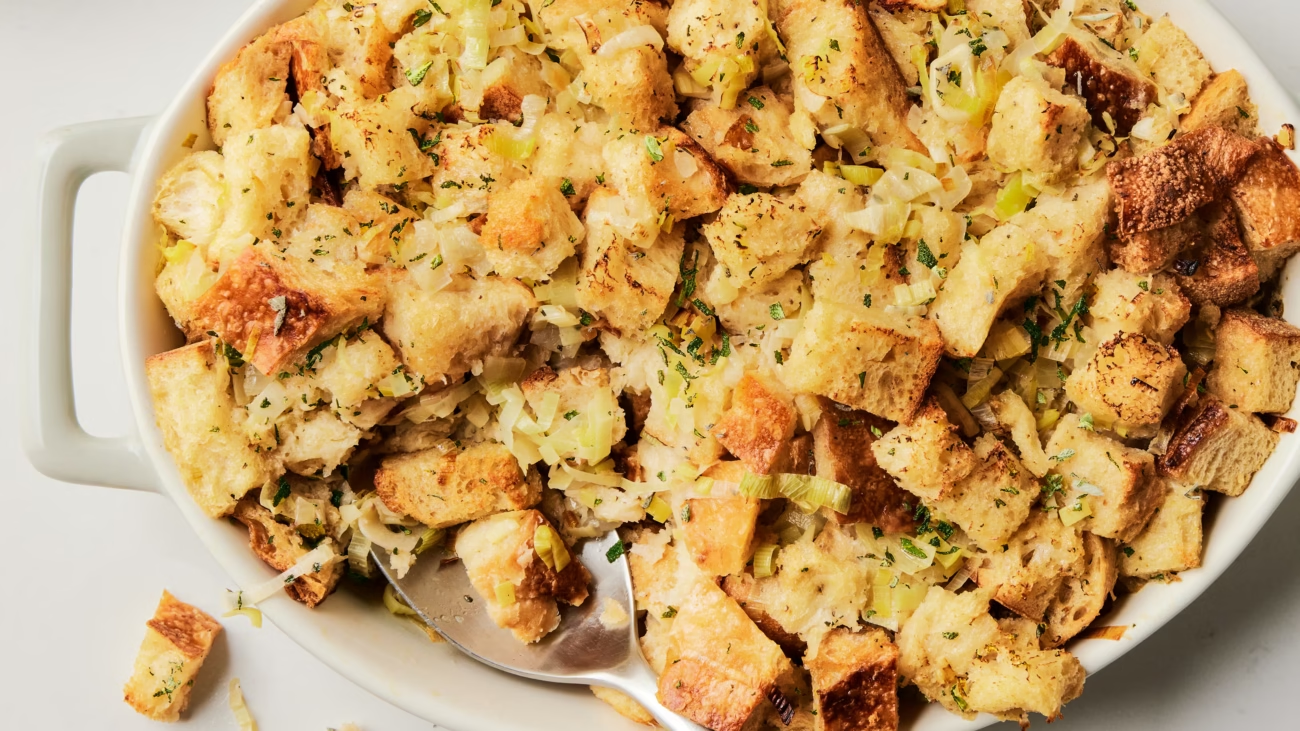
Imagine biting into a crispy-topped, moist-centered mound of savory goodness— that’s the promise of stuffing. Originating from ancient times, Guide to Stuffing it has evolved into a global sensation, adapting to cultures and tastes worldwide. For your website, this article includes strategic internal links to related content like our bread recipes page and external resources for deeper dives. Plus, we’ve sprinkled in power words to ignite your readers’ Guide to Stuffing appetites and stunning visuals to make every section pop.
The Fascinating History of Stuffing: From Ancient Roots to Modern Mastery
Stuffing’s story is a riveting journey through time, blending necessity, innovation, and indulgence. Dating back to the 1st century AD, Guide to Stuffing the earliest recorded recipes appear in the Roman cookbook “Auspicious,” where mixtures of spelt, spices, vegetables, and herbs were used to fill animals—and even smaller meats inside larger ones for extravagant presentations. Guide to Stuffing This wasn’t mere filler; it was a clever way to extend ingredients, enhance flavors, and utilize leftovers like stale bread.https://yesterdaysamerica.com/
while Northern ones incorporated oysters or chestnuts, reflecting regional bounties.
In England, it evolved into “forcemeat” by the 17th century, Guide to Stuffing often featuring breadcrumbs, suet, and herbs like sage.Guide to Stuffing Shakespearean-era dictionaries first noted “stuffing” around 1538, highlighting its role in festive roasts. Across the pond, stuffing hit American shores with European settlers, becoming a Thanksgiving staple by the 1800s. Southern versions leaned toward cornbread, while Northern ones incorporated oysters or chestnuts, reflecting regional bounties.
This evolution underscores stuffing’s adaptability. Guide to Stuffing From Roman feasts to colonial hardships, it symbolized resourcefulness—turning scraps into sumptuous delights. Today, it’s a canvas for creativity, with vegan twists and fusion flavors keeping the tradition alive. Guide to Stuffing For more on historical recipes, check our culinary history section or explore external sites like Wikipedia’s detailed entry on stuffing.

Stuffing’s resilience shines in wartime rationing, where inventive cooks substituted ingredients, or in modern health trends favoring gluten-free bases. Guide to Stuffing Its cultural significance? Unmatched—evoking warmth, family, and celebration. As one historian notes, it’s “a dish that has gathered several names over the centuries,” from farce to dressing, mirroring societal shifts. Delve deeper into this legacy, and you’ll see why stuffing isn’t just food—it’s heritage on a plate.
Essential Ingredients for Perfect Stuffing: Building Blocks of Flavor Explosion
Crafting exceptional stuffing starts with selecting powerhouse ingredients that harmonize for maximum impact. At its core is the base: bread. Guide to Stuffing Opt for sturdy varieties like French baguette, sourdough, or cornbread—dried or toasted to absorb flavors without sogginess. Stale bread works wonders, preventing mushiness and adding crunch. Guide to Stuffing Cube it into 1-inch pieces for even texture.
Vegetables form the aromatic foundation. Celery and onions are non-negotiable, sautéed in butter for sweetness and depth. Add carrots for color, Guide to Stuffing leeks for mild oniony notes, or mushrooms for earthy umami. Herbs elevate everything—sage for woodsy punch, thyme for citrusy freshness, rosemary for pine-like aroma, and parsley for brightness. Fresh is best, but dried works in a pinch; use about one-third the amount.
Liquids bind the magic: chicken or vegetable broth for savory moisture, perhaps enhanced with eggs for richness and structure. Butter or oil adds luxurious fat—vegan alternatives like olive oil keep it plant-based. For protein boosts, incorporate sausage, bacon, or nuts like chestnuts and walnuts.
Fruits introduce tantalizing sweetness: apples, cranberries, or raisins balance savoriness. Spices? A dash of nutmeg or poultry seasoning ignites complexity.Guide to Stuffing Cheese, like Parmesan, can add gooey indulgence in gourmet twists.

Quality matters—fresh, organic produce amplifies taste. Experiment boldly, but maintain balance: too much liquid leads to soupiness, too little to dryness.Guide to Stuffing For sourcing tips, visit our ingredients guide or external resources like BBC Good Food’s stuffing collection. Master these essentials, and your stuffing will conquer any table.
Types and Variations of Stuffing: Discover Global Twists and Creative Spins
Stuffing’s versatility is legendary, with variations that span continents and dietary needs. Classic bread stuffing reigns supreme in American traditions, featuring white bread, celery, onions, and sage for comforting familiarity. Southern cornbread dressing swaps bread for crumbly cornbread, often spiked with bacon or sausage for smoky depth.
Meat-lovers adore sausage stuffing, where Italian or chorizo infuses spicy, hearty vibes—perfect for bold palates. Seafood variations like oyster stuffing, popular in the Northeast, add briny luxury with fresh oysters and herbs.
Vegetarian and vegan options explode with creativity: mushroom and lentil stuffing offers meaty texture without animal products, while apple-cranberry versions bring fruity tang. Gluten-free adaptations use rice, quinoa, or almond flour breads for inclusive feasts.
Globally, British sage and onion stuffing is a Christmas essential—simple yet profound with breadcrumbs and butter. In the Middle East, rice-based farces with lamb and pine nuts stuff vegetables. Italian polenta stuffing incorporates cornmeal and Parmesan for creamy twist.
Regional U.S. styles vary: Western sourdough with sausage, Texas chorizo-infused, New England chestnut-oyster blends. Fusion innovations like Asian-inspired with ginger and soy, or Mexican with chiles and corn, push boundaries.
For more variations, link to our international recipes or explore Food & Wine’s earthy stuffing ideas. These twists ensure stuffing never bores—it’s an adventure in every bite.
Best Stuffing Recipes: Step-by-Step Mastery for Mouthwatering Results
Unlock the secrets to sensational stuffing with these powerhouse recipes. Each yields 8-10 servings and can be prepped ahead.
Classic Bread Stuffing
Ingredients: 1 loaf day-old bread (cubed), 1 cup celery (chopped), 1 cup onion (chopped), 1/2 cup butter, 2 cups broth, 2 tsp sage, salt/pepper.
Steps: 1. Preheat oven to 350°F. Sauté celery and onion in butter until soft. 2. Mix with bread cubes, herbs, and broth. 3. Bake in greased dish for 30-40 mins until golden. Pro tip: For crispier top, broil briefly.
Sausage and Apple Stuffing
Ingredients: 1 lb sausage, 2 apples (diced), bread cubes, celery/onion, broth, thyme.
Steps: 1. Brown sausage; drain. Sauté veggies and apples. 2. Combine with bread, sausage, herbs, broth. 3. Bake 45 mins. This sweet-savory bomb is irresistible.
Vegetarian Mushroom Stuffing
Ingredients: 8 oz mushrooms (sliced), bread, leeks, vegetable broth, parsley, egg (optional).
Steps: 1. Sauté mushrooms and leeks. 2. Toss with bread, herbs, broth. 3. Bake until crisp. Earthy and satisfying for all.
Cornbread Dressing with Cranberries
Ingredients: Cornbread (crumbled), cranberries, pecans, celery/onion, broth.
Steps: 1. Sauté veggies. 2. Mix with cornbread, fruits, nuts, broth. 3. Bake 35 mins. Tangy twist for Southern flair.
Customize freely—add cheese or spices. For video tutorials, see our recipe videos or YouTube’s history of stuffing.
Expert Tips and Tricks: Avoid Pitfalls and Achieve Stuffing Perfection
Transform good stuffing into legendary with these insider secrets. First, dry bread overnight for optimal absorption—soggy stuffing is a disaster. Sauté aromatics slowly for deep flavor; rush, and they stay raw.
Balance moisture: Add broth gradually—aim for damp, not wet. Eggs bind without heaviness. Bake uncovered for crunch, covered for softness.

Flavor boosters: Homemade stock trumps store-bought; herbs freshen everything. Avoid overstuffing turkey—cook separately for safety. Make ahead: Assemble day before, bake fresh.
Common fixes: Too dry? Add broth. Too bland? Amp herbs. For healthier, swap butter for oil. These tips guarantee triumphs—link to our cooking tips hub.
Nutritional Benefits: Healthier Twists on a Classic Indulgence
Stuffing packs surprising nutrition when made mindfully. Bread provides carbs for energy; veggies like celery add fiber, vitamins A/C/K. Herbs offer antioxidants—sage fights inflammation.
Calorie-wise, a cup hovers around 200-300, but healthier versions cut fat with broth over butter. Vegetarian options boost plant proteins; add quinoa for complete nutrition.
Watch sodium in broths; opt low-sodium. Gluten-free or whole-grain bases enhance benefits. Overall, it’s a nutrient-dense side—explore our healthy eating section or BBC’s health analysis.
Pairing Stuffing with Dishes: Ultimate Combinations for Epic Meals
Stuffing shines alongside roasted turkey, absorbing juices for divine synergy. Pair sausage versions with ham; vegetarian with salads. Wine? Chardonnay complements richness. For ideas, see our pairing guide.
